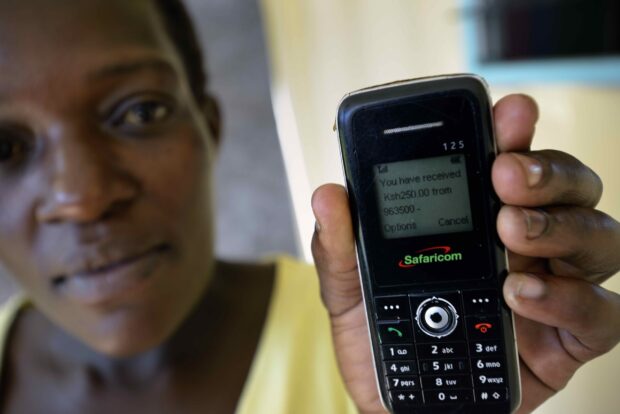Our initial hypothesis was that demand aggregation or pooled procurement of the development sector’s spend on mobile communication channels could be used to secure better pricing and quality of service from the private sector.

Mobile communication channels have the potential to deliver services targeting the underserved in support of the Sustainable Development Goals (SDGs). But while there have been projects that have experimented with the delivery of these services, most have not scaled beyond the pilot stage. DIAL believes that part of the reason for this failure to scale is the cost of provisioning mobile channels.
Building off of DIAL’s continued exploration of innovative financing, our initial hypothesis was that demand aggregation or pooled procurement of the development sector’s spend on mobile communication channels could be used to secure better pricing and quality of service from the private sector. This paper illustrates the results from the first step in verifying this hypothesis: to quantify and qualify the potential value of the market, focusing on communication costs for mobile channels (SMS, voice/IVR, USSD, mobile money) used to interact with beneficiaries by implementers of aid and development projects in five sectors across sub-Saharan Africa (SSA).




